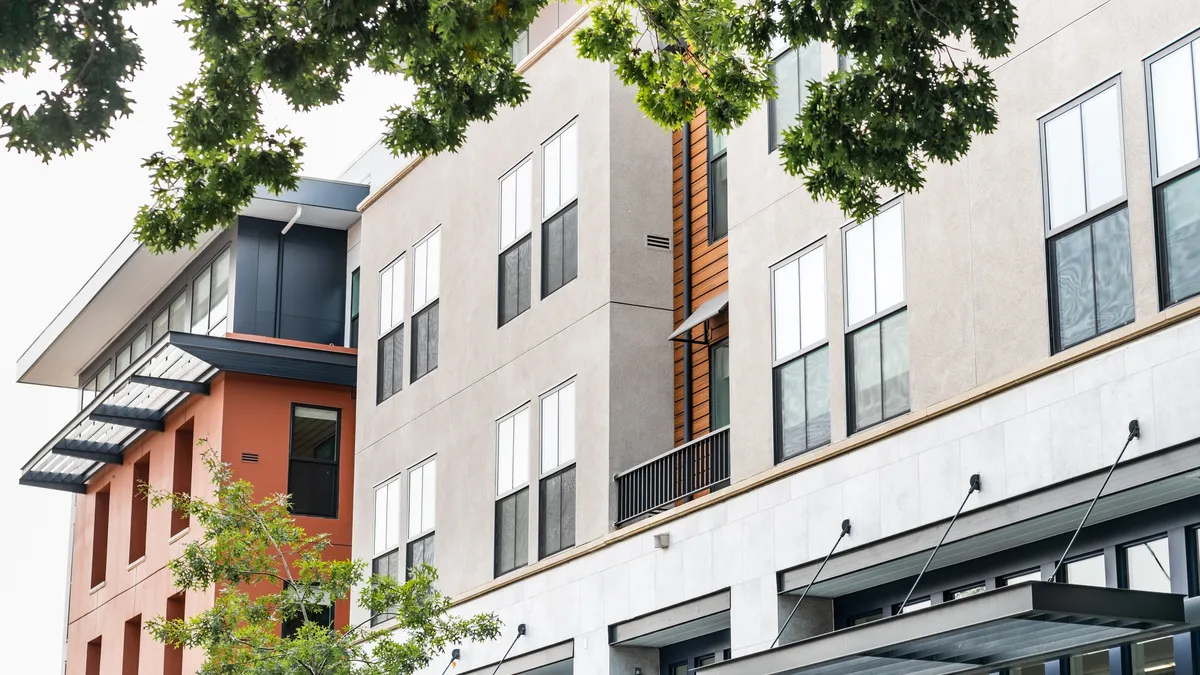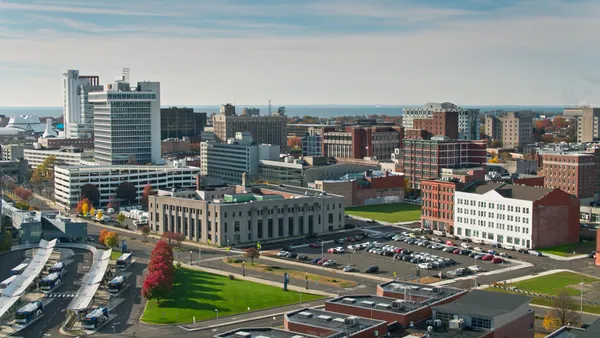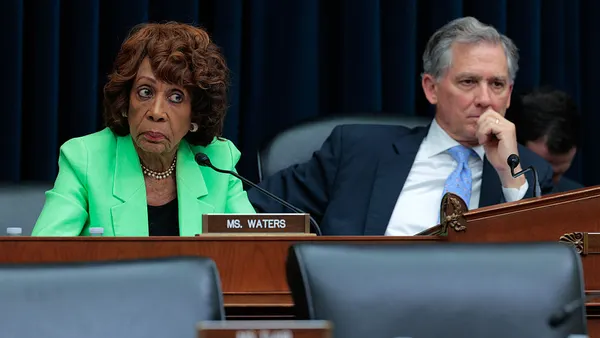Dive Brief:
- The national average rent rose for the second time in a row this year, up $5 to $1,709 from March to April, according to the latest Matrix Multifamily National Report by Yardi Matrix. This falls far below the gains seen in 2021 and 2022. At the same time, year-over-year rent growth continued to decelerate, down 80 basis points from March to 3.2% in April.
- Rent growth remains positive for the most part in the major U.S. metros, with the exception of Phoenix and Las Vegas. However, Yardi noted that high deliveries and declining affordability have slowed some Sun Belt markets. At the same time, low supply growth and high immigration have buoyed Northeast and Midwest markets, still led by Indianapolis at 7.7% and Kansas City at 6.4%.
- Based on performance in the spring, Yardi continues to anticipate moderate rent growth through the rest of the year. However, economic growth is expected to pull back in upcoming quarters due to a slowdown in housing sales and construction, lower consumer savings and tightening credit on project loans.
Dive Insight:
Despite economic uncertainty, demand remained steady in April, driven by a tight job market and steady consumer resources, Yardi said. Occupancy held steady at 95.0% from February to March, but fell by 100 basis points YOY, with the sharpest regional decline in Las Vegas at -1.8 percentage points.
While gateway cities aren’t leading the pack in YOY rent growth, New York City and Boston make up two parts of a three-way tie for month-over-month rent growth at 0.9%, along with Raleigh, North Carolina. New York was also the only major metro that saw no occupancy decline in March, the report said.
| Market | YOY rent growth, April 2023 | YOY rent growth, March 2023 | Difference |
|---|---|---|---|
| Indianapolis | 7.7% | 8.6% | -0.9 |
| Kansas City, Missouri | 6.4% | 6.9% | -0.5 |
| New York City | 6.2% | 6.9% | -0.7 |
| Boston | 5.2% | 5.8% | -0.6 |
| Chicago | 5.0% | 5.2% | -0.2 |
| Miami metro | 4.5% | 5.2% | -0.7 |
| Philadelphia | 3.7% | 4.0% | -0.3 |
| Los Angeles | 3.6% | 3.9% | -0.3 |
| Portland, Oregon | 3.5% | 4.7% | -1.2 |
| Charlotte, North Carolina | 3.4% | 4.2% | -0.8 |
SOURCE: Yardi Matrix
Present concerns about multifamily distress — interest rates, the likelihood of an economic slowdown, tightening lending standards and the collapse of several banks — are compounded by the upcoming maturation of a significant number of multifamily loans. Approximately 15% of the $2 trillion in multifamily loans outstanding, or roughly $250 billion, is scheduled to mature by 2025, and more than half of that number is expected to mature by 2030, according to Yardi Matrix data.
If present conditions persist, these loans would mature into market conditions that were worse than they were at issuance. Fixed-rate loan coupons rose by 200 basis points in the last year, and tighter standards and recession fears have reduced loan proceeds by 20% to 25%.
How much distress may increase as these loans mature depends on how well the economy and demand hold up in the near future, according to Yardi. While multifamily performance is overall strong, some individual properties may struggle in areas with large supply pipelines or rent control. Loans originated more than three years ago will benefit from the 22% asking rent growth from 2021 to 2022, but short-term loans will not carry this same advantage.
“Demand is boosted by strong household formation and the tight labor market, but that could change in a recession,” the report says. “The direction of rates and investor appetite for debt will determine how much of a capital gap owners will have to fill.”














